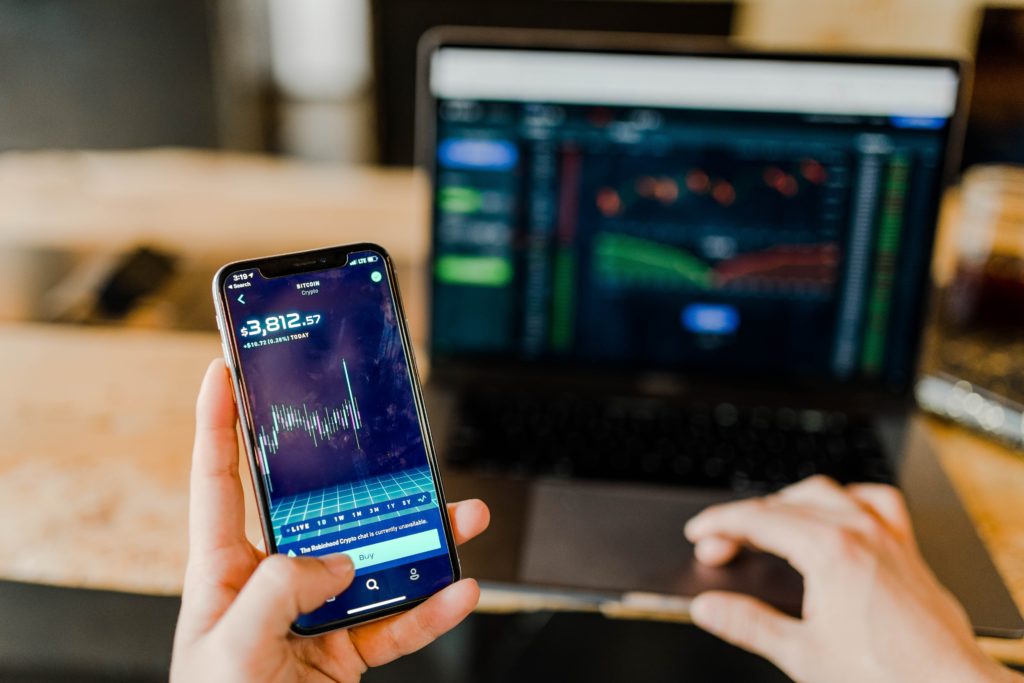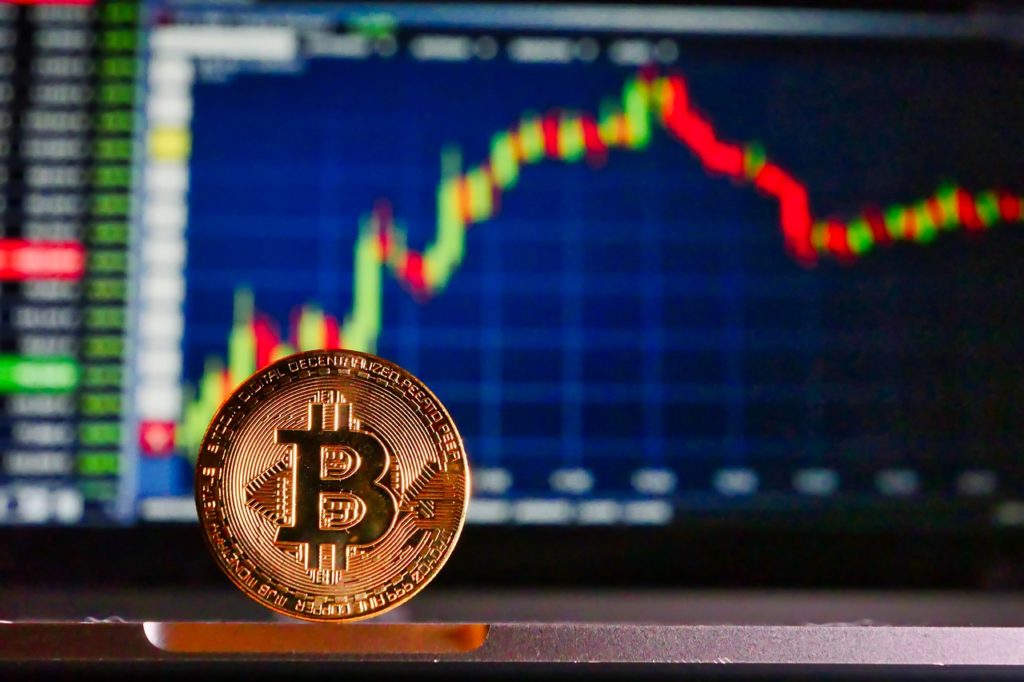Perpetual Futures Contracts: What Are They and How Do They Work?
The crypto markets have matured to the extent that you now have a broad array of trading options. One such opportunity is perpetual futures contracts, a variant of futures contracts that are gaining popularity.
In this guide, you will learn about crypto perpetual futures contracts and how they work.
What Are Perpetual Futures Contracts?
Perpetual futures contracts are like futures contracts but with one main difference: they do not have an expiry date. That is why they are called “perpetual,” which means “everlasting.”
A futures contract allows a trader to buy or sell an underlying asset at a predetermined date without holding it. The trader buys or sells the asset by speculating on its future price. This kind of trade works because the contract is the same price as the underlying asset.
Perpetual futures contracts are financial derivatives where two counterparties agree to sell or buy an underlying asset at a certain price in the future. In the contract, the two counterparty traders agree to exchange the difference between the perpetual futures price and the underlying asset’s price. This difference is known as the funding rate.
Perpetual contracts are like spot trading because they track the price of the underlying asset without an expiration date. Therefore, perpetual contracts are traded at a price that is effectively equal to the spot market price. In spot markets, an asset is traded immediately rather than in the future.
How They Work
It might not seem like it, but trading perpetual futures contracts is simple. To get started, register an account on an exchange that supports this form of trading. Examples of such exchanges include BitMEX, OKEX, Deribit, Prime XBT, and Blockchain Board of Derivatives (BBOD).
After you register, send to your account’s wallet the funds you want to use to trade. If you want to trade bitcoin because you believe its price will rise in the future, choose your preferred trading pair and purchase your BTC. The trading pair is, for example, the exchange’s native token and BTC.
When you confirm your order, you can close your position at the time of your liking. There are two ways to close a position: you can make a limit or a market order. A limit order sets the target price you want to close your position and a market order allows you to close the position at the best price. Once you close your position, you will have finished your bitcoin perpetual contract trade either at a loss or a profit.
Pros and Cons
Perpetual contracts are attractive for several reasons:
- There is no expiry date so you can hold and hedge your trade for as long as you like. This makes trading perpetual contracts more flexible than trading futures contracts.
- Although you can drag out the trade for as long as you want, you will not incur additional costs but for the funding costs which are paid hourly or every eight hours depending on the exchange.
- You can access leverage trading of up to 100x. This means that you can open a position larger than your account balance and you could make higher profits.
- You can trade perpetual futures contracts 24/7 because exchanges are accessible at all times.
- It is possible to execute long and short trades.
That said, perpetual contract trading has the following cons:
- While leverage trading could increase your profits, it is also risky because small market movements could liquidate your assets. To reduce this risk, exchanges recommend that traders restrict their leverage to a maximum of 20x.
- If the market gaps, you could suffer significant losses. Gapping means that the market price drops or increases without the trader having the chance to trade.
Now that you have learned about perpetual contracts, you might want to learn how to short bitcoin.


How Mobile Apps are Changing Sports Betting

Weekly Roundup: Africa’s Cassava Network Partners with UniPass to Expand Crypto Adoption in Africa & More

Weekly Roundup: Kenyan Senate in Discussion with CBK to Legalise Bitcoin & More

Weekly Roundup: South Africa Introduces New Cryptocurrency Standards to Advertising Code & More

ND Labs Launches Crypto Exchange Software Development

Weekly Roundup: African Web3 Mobile Games Publisher Carry 1st Secures $27M in Funding & More

Weekly Roundup: Morocco’s Central Bank Announces Completion of Draft Cryptocurrency Regulatory Framework & More

Weekly Roundup: Nigeria Looking to Legalise Cryptocurrency Usage, CAR’s Sango Coin Postponed & More

Weekly Roundup: South African Crypto Exchange VALR Launches in Zambia & More




